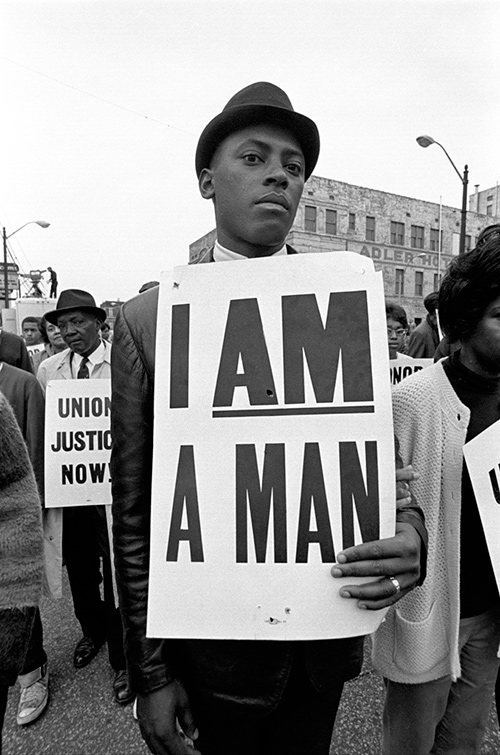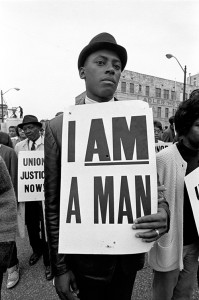#SolutionsMonday: Individuation
By Isaac Butler
If you’re white, you’ve probably learned at some point that noticing a person’s race is, in and of itself, racist. We’ve—that’s white people—learned that the ideal for both our society and our mind is colorblindness.
There are a lot of problems with the “colorblind ideal.” First—and perhaps most important—it’s simply impossible. Not “wrong” or “right” morally or ethically, but actually impossible. Our minds sort people into categories (including races) based on a variety of factors (including how they look). This happens automatically, and everyone does it, not just whites.
Trying to force yourself to not notice something you’ve seen causes a bunch of different problems. For one thing, it raises anxiety and diminishes cognitive capacity.
But for our #SolutionsMonday purposes, the big problem is that “colorblindness” keeps us from actually seeing each other. By working overtime to deny what is immediately in front of our faces, we stop seeing people as individuals. When we stop seeing people as individuals, we are more likely to have our actions governed by unconscious stereotypes, and biases.
We have to give ourselves permission to see race, and cultivate the mental habit of individuation. Individuation is exactly what it sounds like, namely, focusing on the things that make people individuals. The most obvious level of individuation is based on sensory information, particularly what people look like. When we give ourselves permission to notice race, we can also give ourselves permission to see how people of the same race don’t really look like each other. We can then move from there to other characteristics that make people individuals.
I’ll go ahead and admit that at first, individuation—which necessitates focusing specific attention of people of different race’s physical features—is pretty uncomfortable stuff that, at least for me, raises all sorts of white guilt. But just as prejudice is a habit, individuation is also a habit. It’s a habit that we can get better at with practice, helping us to see people as individuals and not as stereotypes or representatives of their race.


